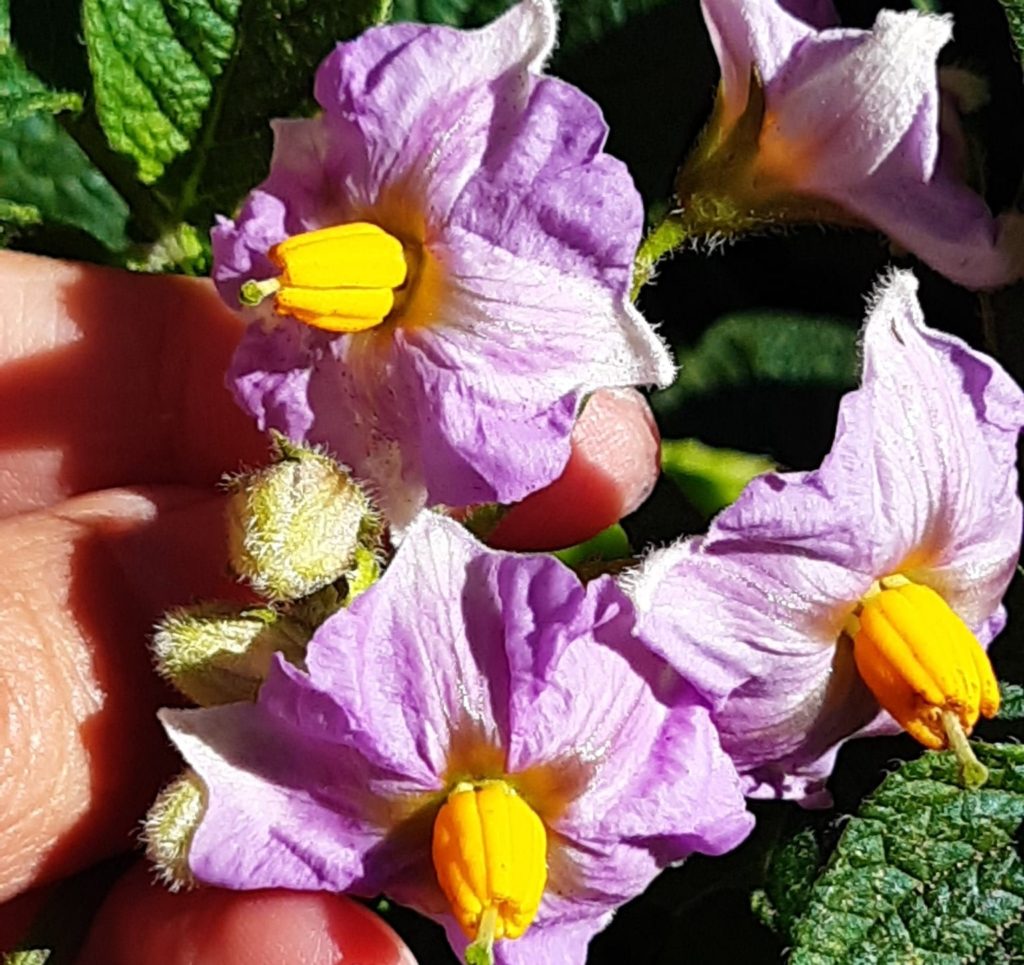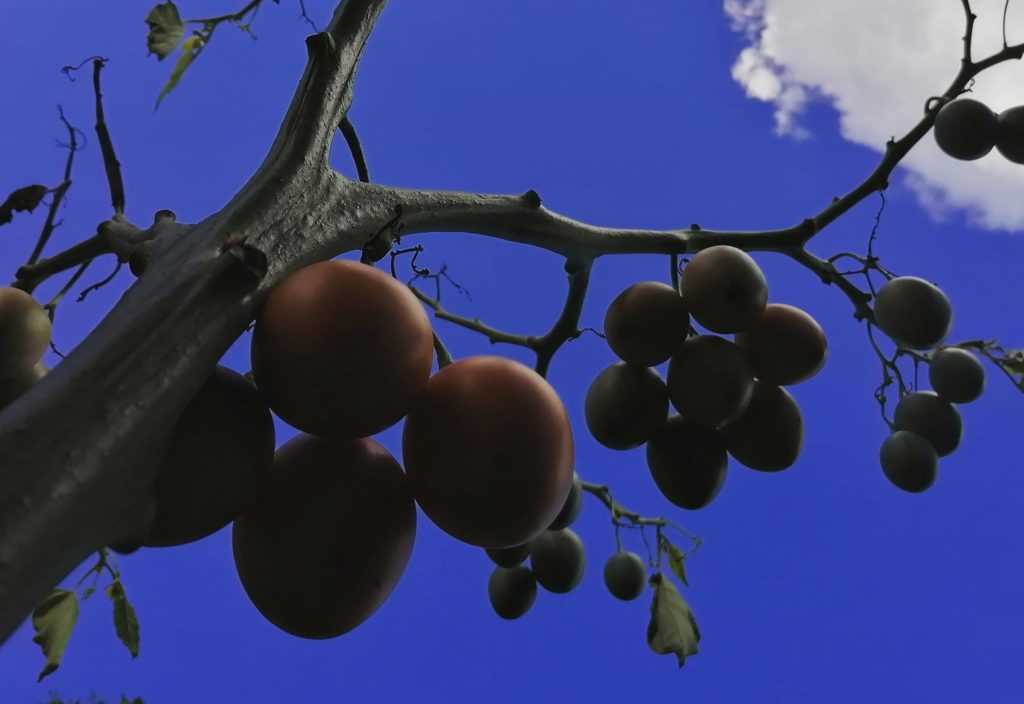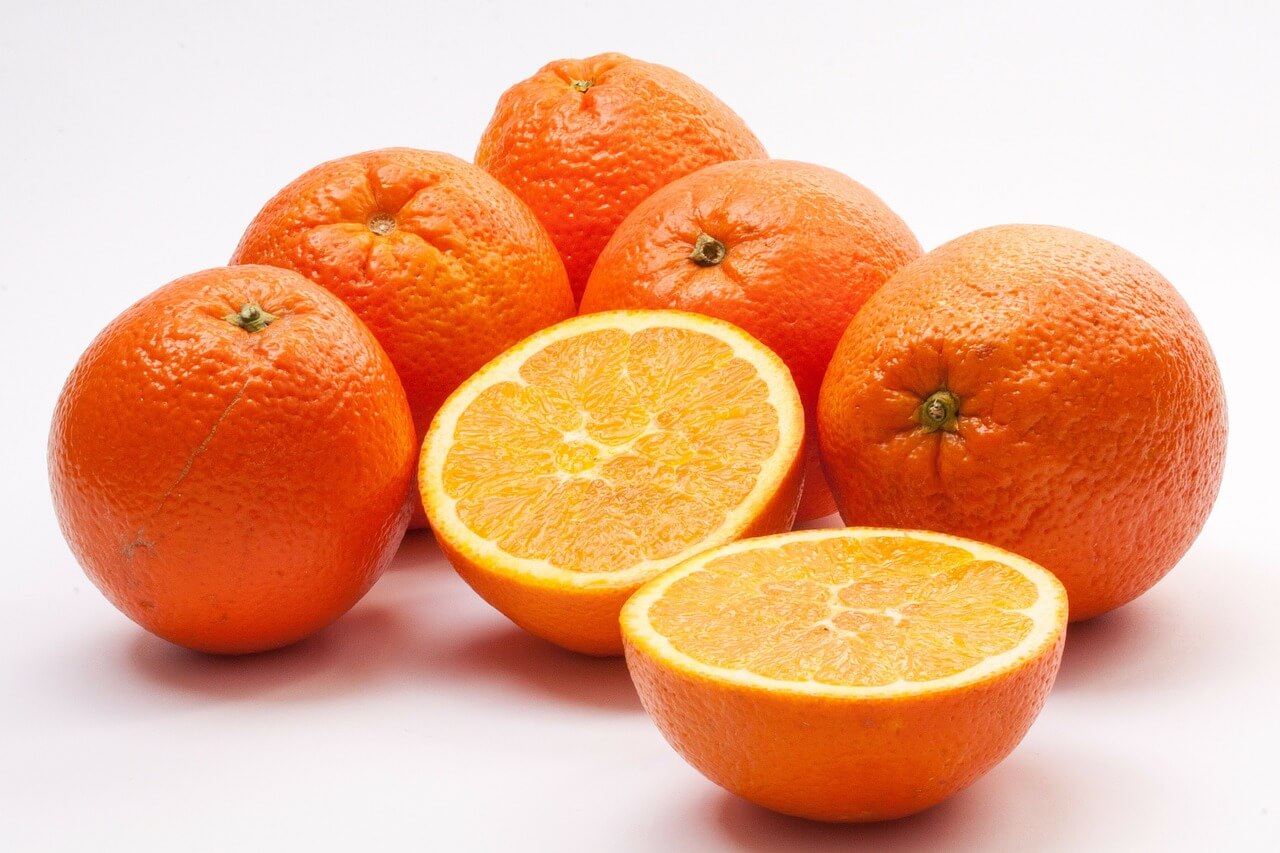Today we present you the tamarillo. It is another tropical fruit, like the pineapple and khaki, which has been gaining ground in the Spanish market. The most surprising thing is that although it may not sound familiar to you, he has been cultivating here for years. In fact, a study of the Polytechnic University of Madrid (UPM) describes his tree as «a promising fruit tree«. Discover some of the secrets of this possible superfood typical of the Andes.
The tree tomato
Also know as "Tree tomato" o Andean tomato, it is a fruit of the Andes. This falls from the tree solanum Benaceum, oriondo from Peru, Bolivia y Argentina. It is also cultivated in other neighboring countries such as Colombia, Ecuador y Venezuela. It also responds to other names such as tomato serrano, blood fruit, cassava tomato y Tamamoro.

The shape of this fruit smaller than the tomato is oval. However, its color may vary. We will basically talk about two classes. One of them has a color Red o orange. The other variety is yellow. It is a fruit that has been gaining weight in the Spanish market. You will probably be surprised by what you are going to read next. He landed in Spain during the Franco regime more than 70 years. More specifically in Asturias, a place that lacks the warm climate of the tropics.
The municipality where it is most relevant is Villaviciosa, in the same community. Its farmers value above all the little care that this kind of plant requires. tomato. Your tree reaches five meters high and lives near twelve years. The striking aspect of its leaves consists of the strong smell. They are also perennial. On the other hand, the pale pink flowers give rise to clusters with the fruit. These contain one to six tamarillos.
The tree is very resistant since it tolerates enfermedades typical of the peninsula (such as mildew) And fog. The humidity of the climate is great for Asturias, a characteristic that it shares with the tropical climate. During this time is when allowance in abundance in pot. In spring se they plant on land and in the winter next is when the fruits are collected.
Nutritional advantages of tamarillo
El tamarillo It has quite beneficial nutritional properties for our body. The vitamins A y C give it a great capacity antirust. Hence, it is valuable when it comes to preventing cardiovascular problems y cancer. In addition, this last vitamin is useful during the colder months to strengthen our defenses.
It also has, although in a smaller proportion, vitamins of group B. Among them, the B6, capable of stimulating the creation of red blood cells. Nor are minerals such as calcium, potassium or iron. Finally we make an allusion to the fiber. This is known to favor a intestinal transit suitable. There are those who even recommend this fruit for those who want to lose weight.
Kitchen applications
In Europe it is especially appreciated for its properties energizers. That is why many people choose to use it to make juices Detox. The important thing to remember is that the best way to preserve its flavor is not to cook it. Raw is much better than boiled. That is why it can be a great ally for salads.

We must bear in mind that the tamarillo skin yellow es bittersweet. However, if your cover is red o orange stands out for its sweetness. This last property can be great to elaborate desserts and candies. In fact there are those who use it to jam. On the other hand, its texture is reminiscent of the gelatin. So, it is part of the spicy recipe chili sauce. His recipe, very typical of Peru, also includes tomato, onion, coriander and the same chili pepper. Another recipe of which it is part is that of chutney, a sweet and sour sauce of India
In short, we encourage you to try the tamarillo to form your opinion. If you like sweet it is very likely that you will conquer yourself. If your sales evolve favorably, it is possible that it will happen like coconut or pineapple. That is, a tropical food that will creep into our diet through various recipes.







